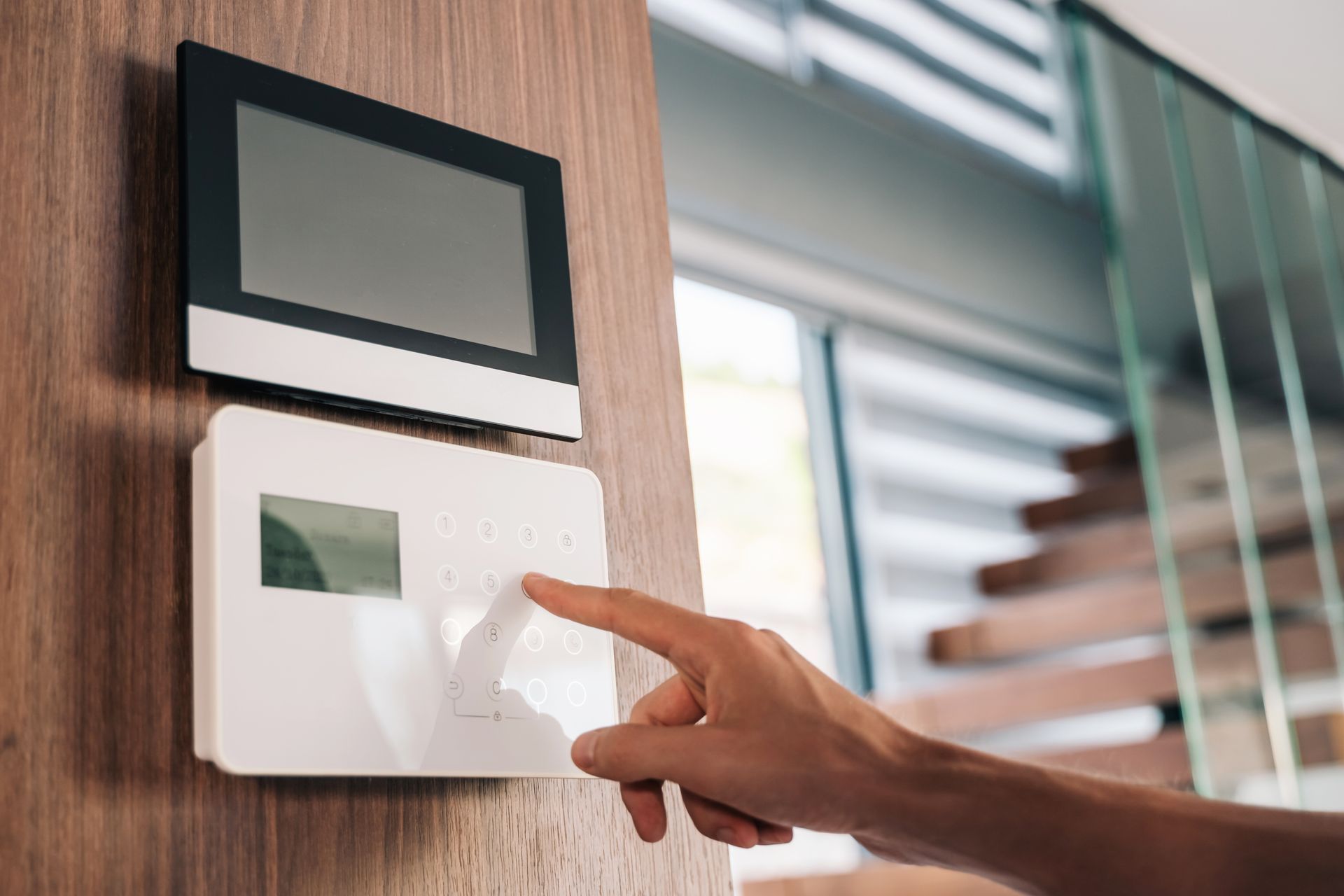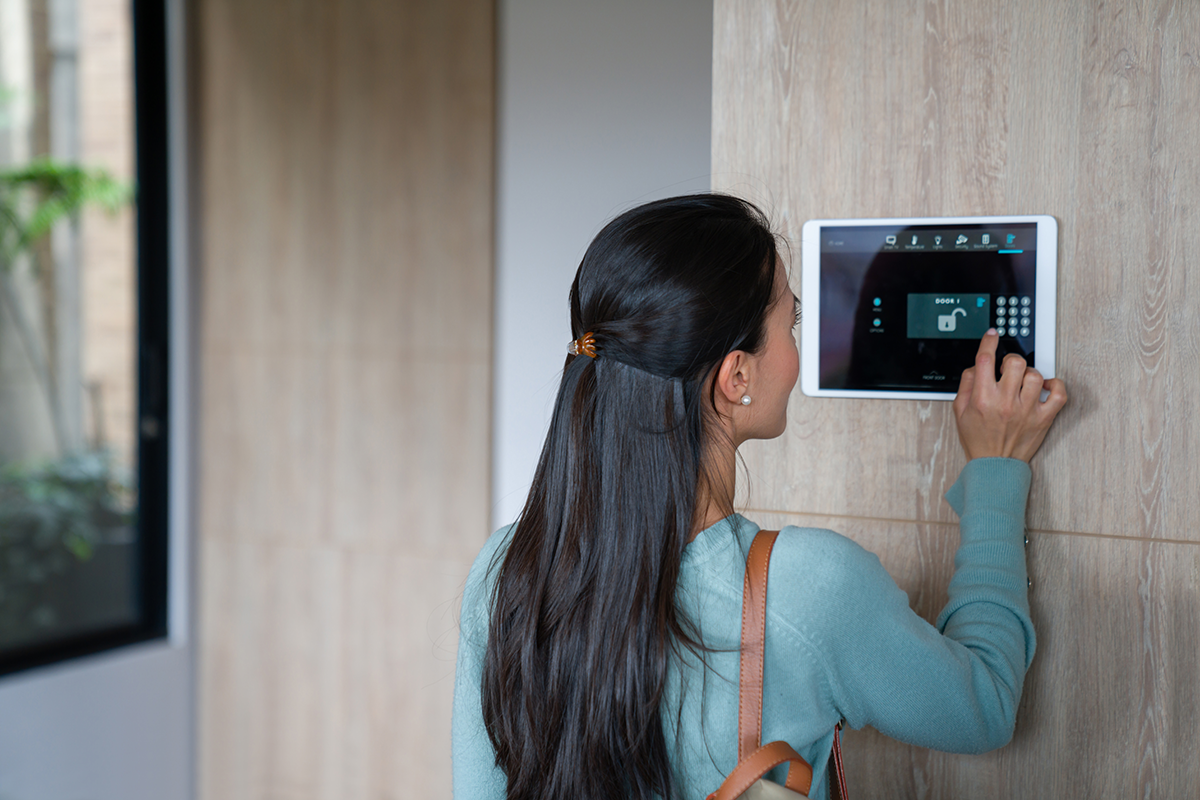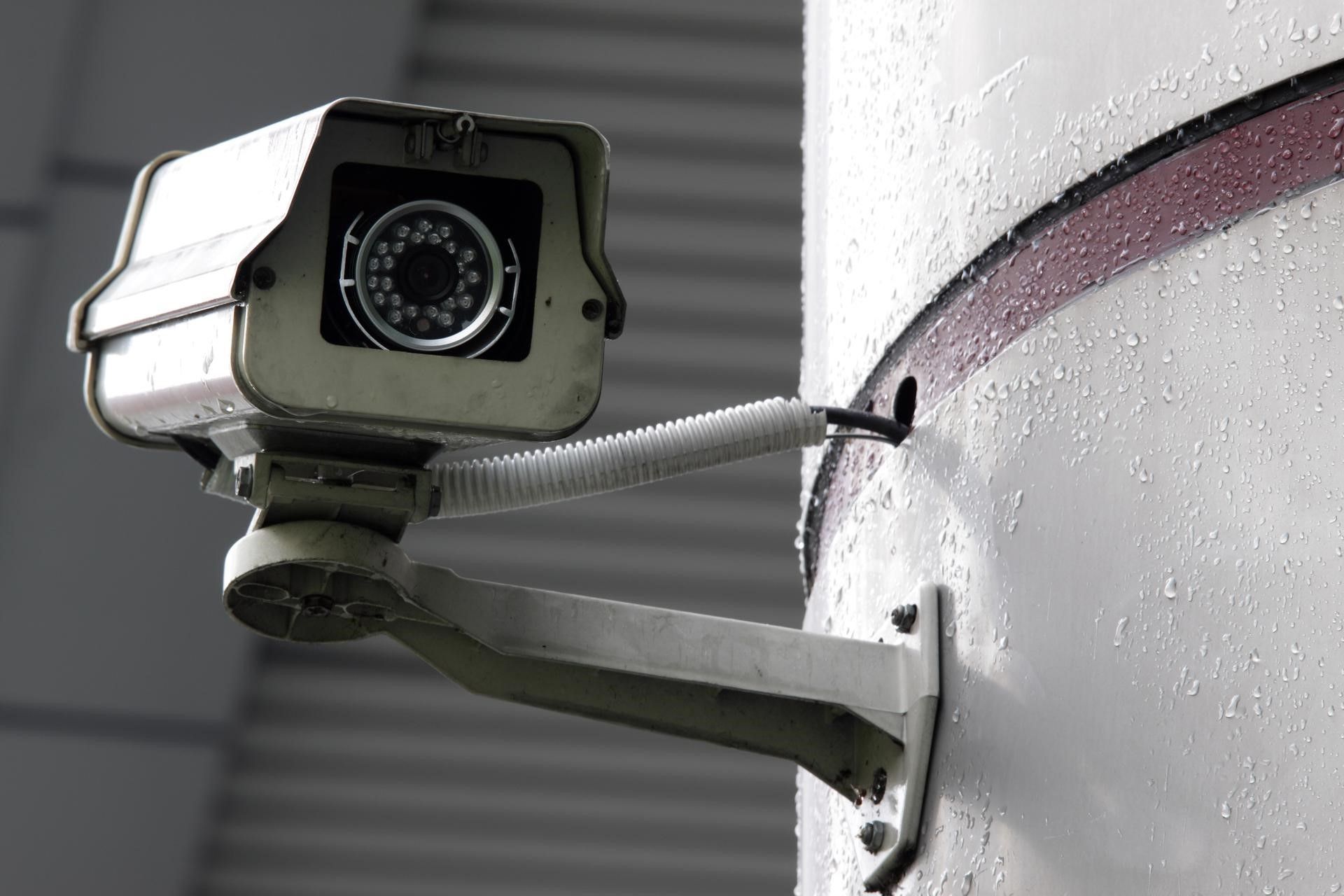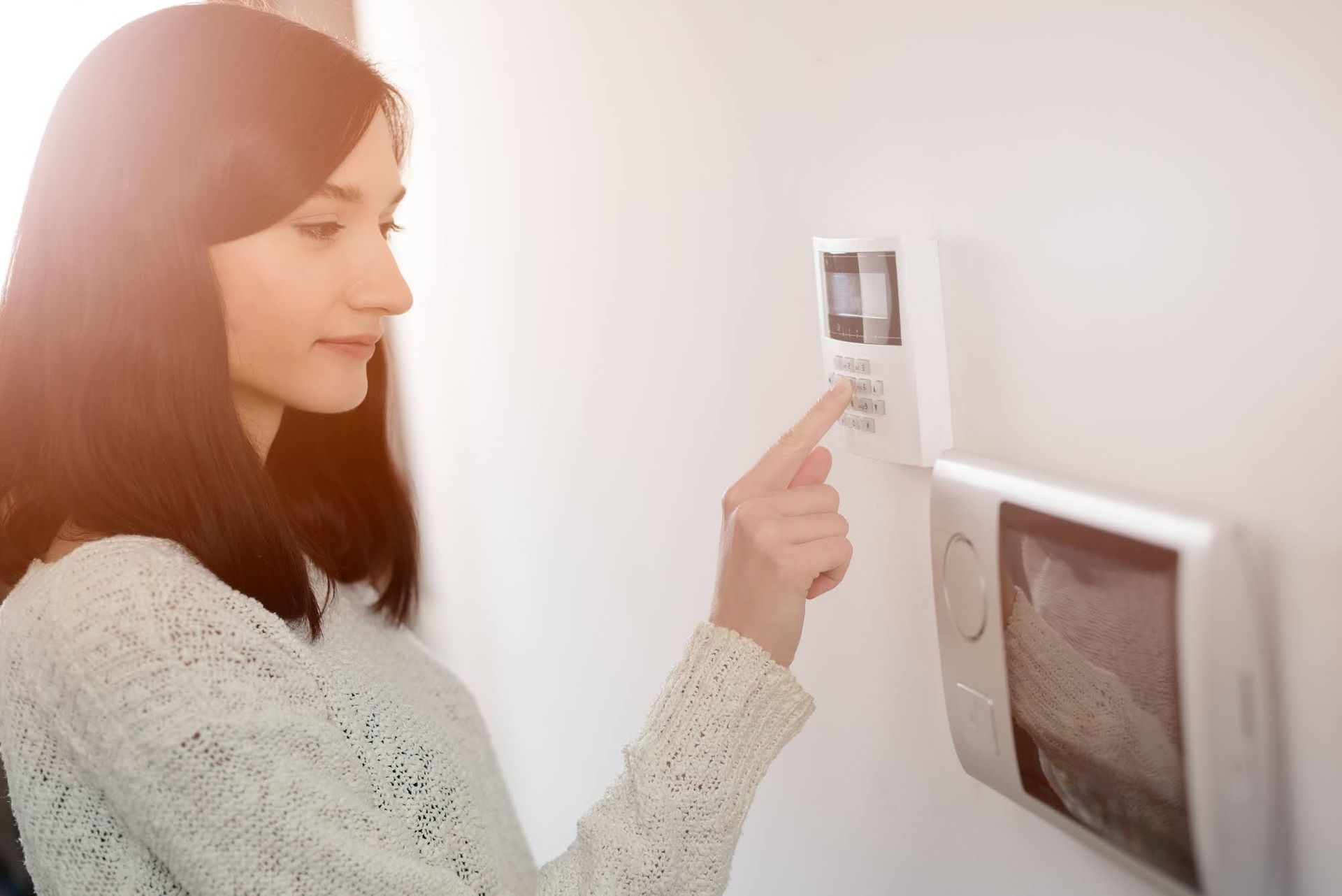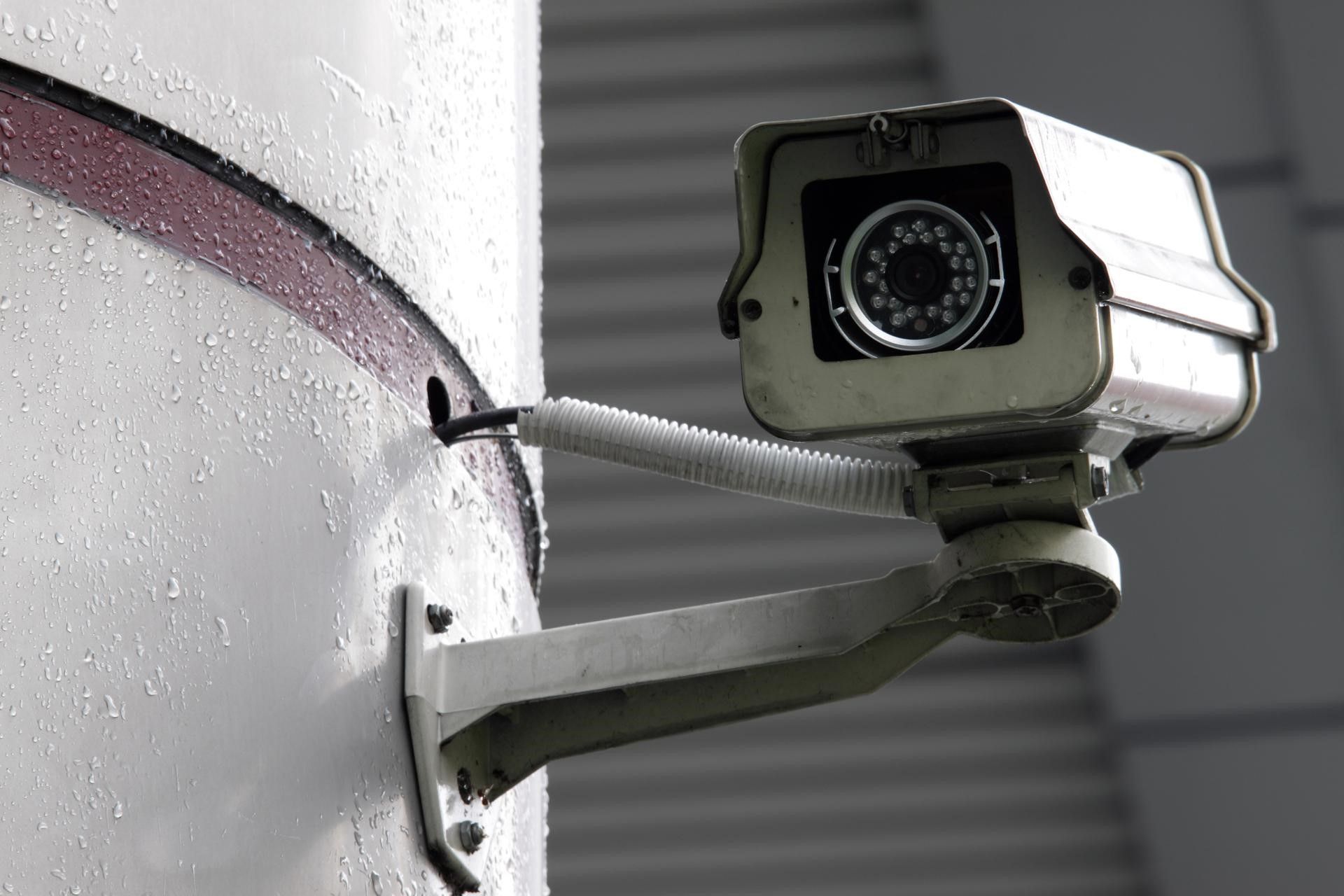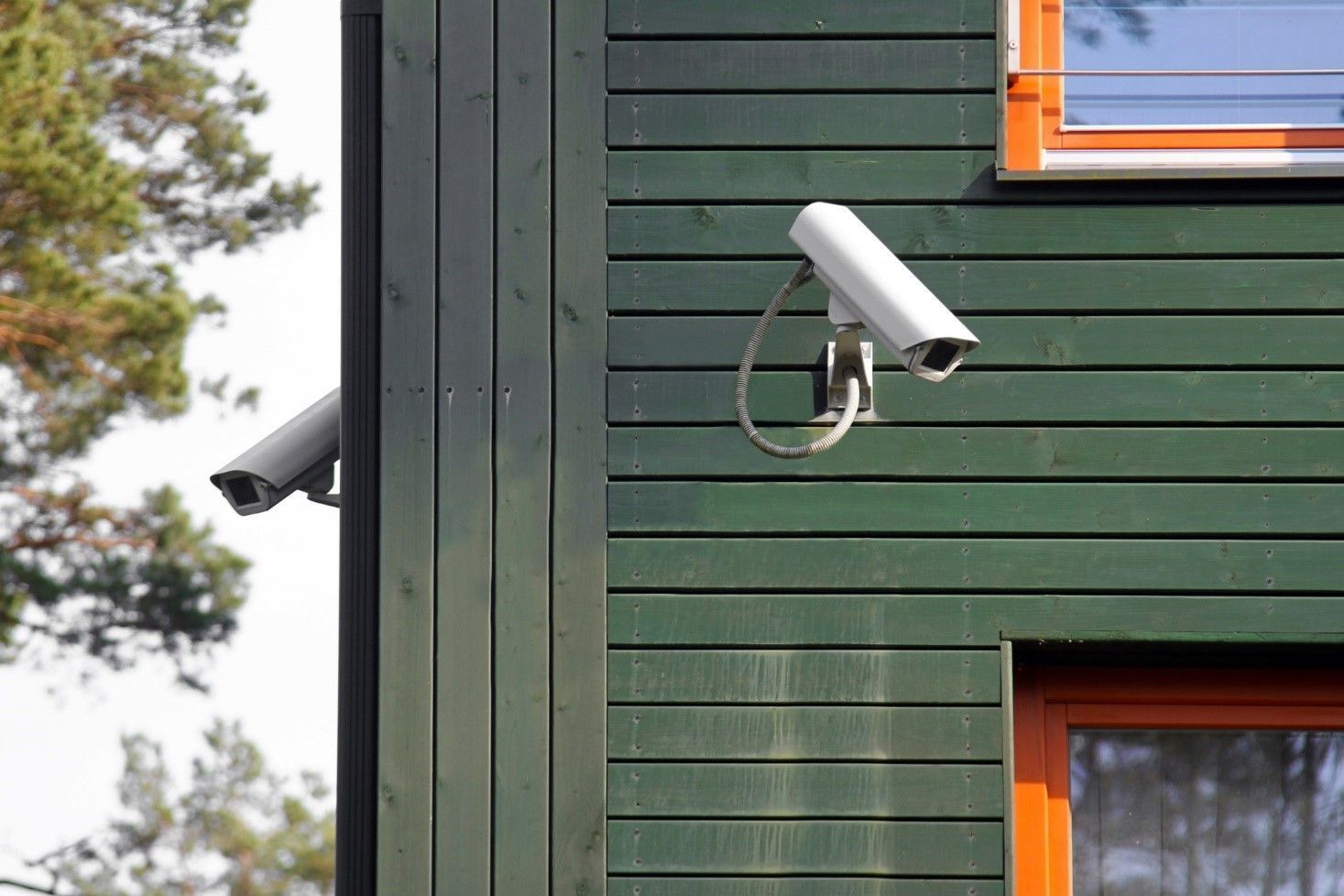How An Infrared Security Camera Keeps Your Home Safe
September 4, 2020
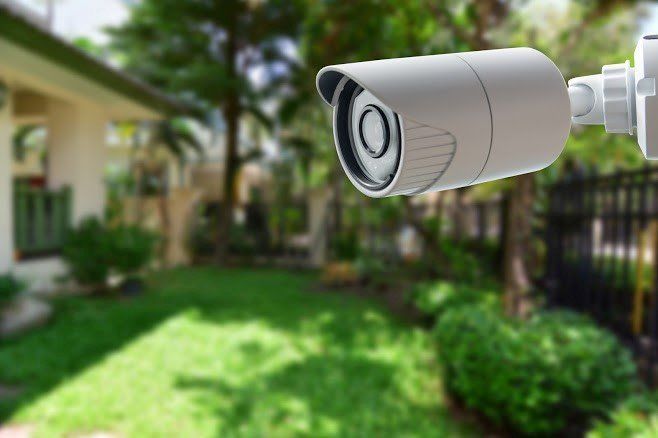
Surveillance is an integral part of any
security system. A well-placed camera can both deter and identify those who
break into your home or business. However, many cameras can be outwitted by the
low light of night. Without enough light to hit a camera's photosensor, its
picture or video is rendered useless.
However, there are cameras that can outsmart
the night. Infrared cameras use infrared light instead of visible light and can
record video in complete darkness. These cameras can revolutionize your
security system and give you peace of mind even after you've turned off the
last light switch.
Here's how infrared cameras work when there's
no light to see by. Let's Talk about Light
Light is another way to refer to
electromagnetic radiation. This radiation can be separated into categories
depending on how long its wave is. The longest waves are called radio waves,
which carry sound across large distances. Ultraviolet light is a very short
wave and gives us sunburns.
Visible light is its own type of
electromagnetic radiation. Variation in these waves manifest as color. Daylight
surveillance cameras rely on visible light waves to produce an image.
Just longer than visible light is infrared.
Infrared waves create thermal (heat) signatures. Since infrared cameras rely on
heat and not visible light, they can film in complete darkness with high
quality. These cameras can also see through various natural phenomena like fog
and smoke. Careful Design
Infrared cameras put night vision goggles to
shame. Even military grade goggles need a tiny amount of light to see by, but
as seen above, infrared cameras bypass this whole issue. The actual camera
looks very similar to other security cameras you might have seen. A circle of
tiny light bulbs surround the lens.
On a regular security camera, these lightbulbs
would be for LED lights. These act as floodlights for the camera, producing
enough light for a near-perfect recorded image.
On infrared cameras, the bulbs do the same
thing, but in a different way. Remember, infrared light is not visible to the
naked eye. The bulbs around the camera lens bathe the scanning area in a flood
of heat-sensing light. The camera gets a good recording image, but the person
being recorded is none the wiser. Image Quality
During the day, most infrared cameras work
like any other. They film in color, and use the visible light spectrum to
record the image. Because of this feature, you don't have to worry about the
pros and cons between infrared and visible light. These cameras can film with
both.
However, when light gets too low to film in
color, the infrared camera will switch to filming in infrared. Because infrared
does not have color, the image from the camera renders in black and white and
may be somewhat grainy.
However, you can still get remarkably clear
images from an infrared camera. This is because everything emits infrared light
— the same as having a temperature. A good camera will give you a clear enough
image to identify whoever breaks into your home or business.
Infrared cameras are amazing devices that can
keep you safe night and day. By using temperature instead of light, these
cameras make a discrete, yet useful device to add to your security system.
Though a lightless image is not as clear as recording in full daylight, it can
still help you identify whoever comes into your house or business under the
cover of night.
At All Pro Security, Inc.,
we take your safety as our highest
priority. We offer surveillance systems for both your home and business and monitor
your safety every minute of the day. We offer professional advice, qualified
service, and top-of-the-line equipment so you can have peace of mind wherever
you are.

